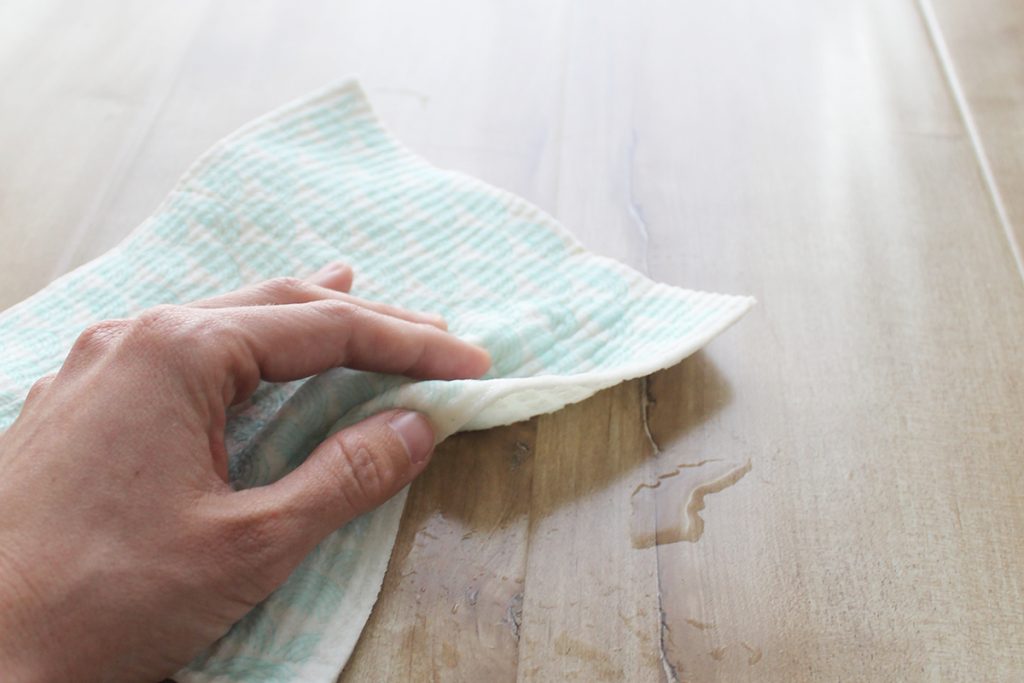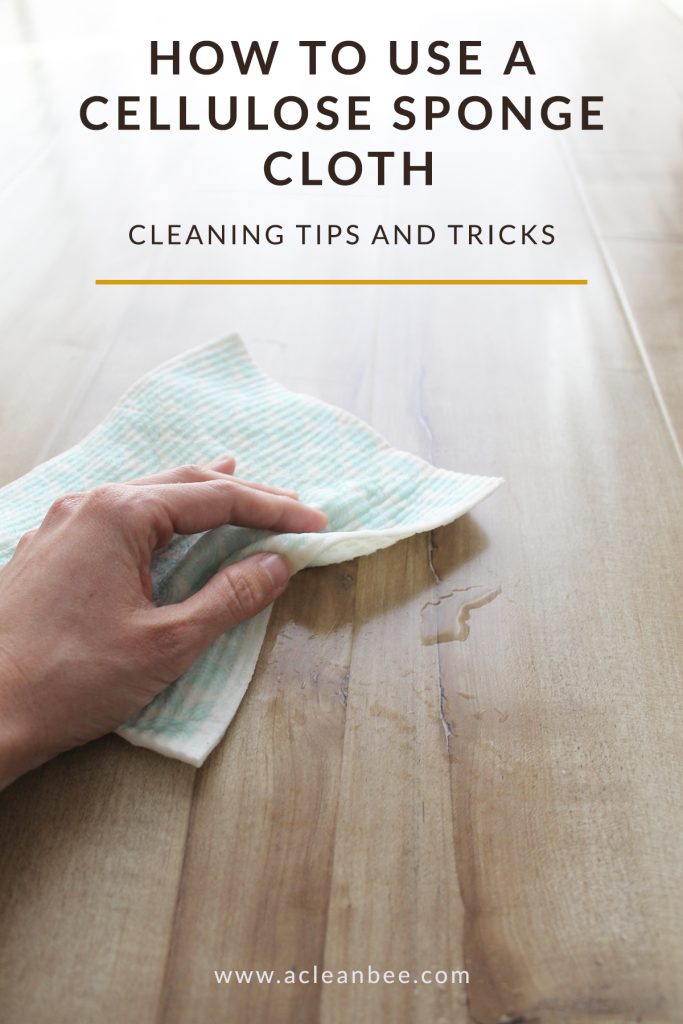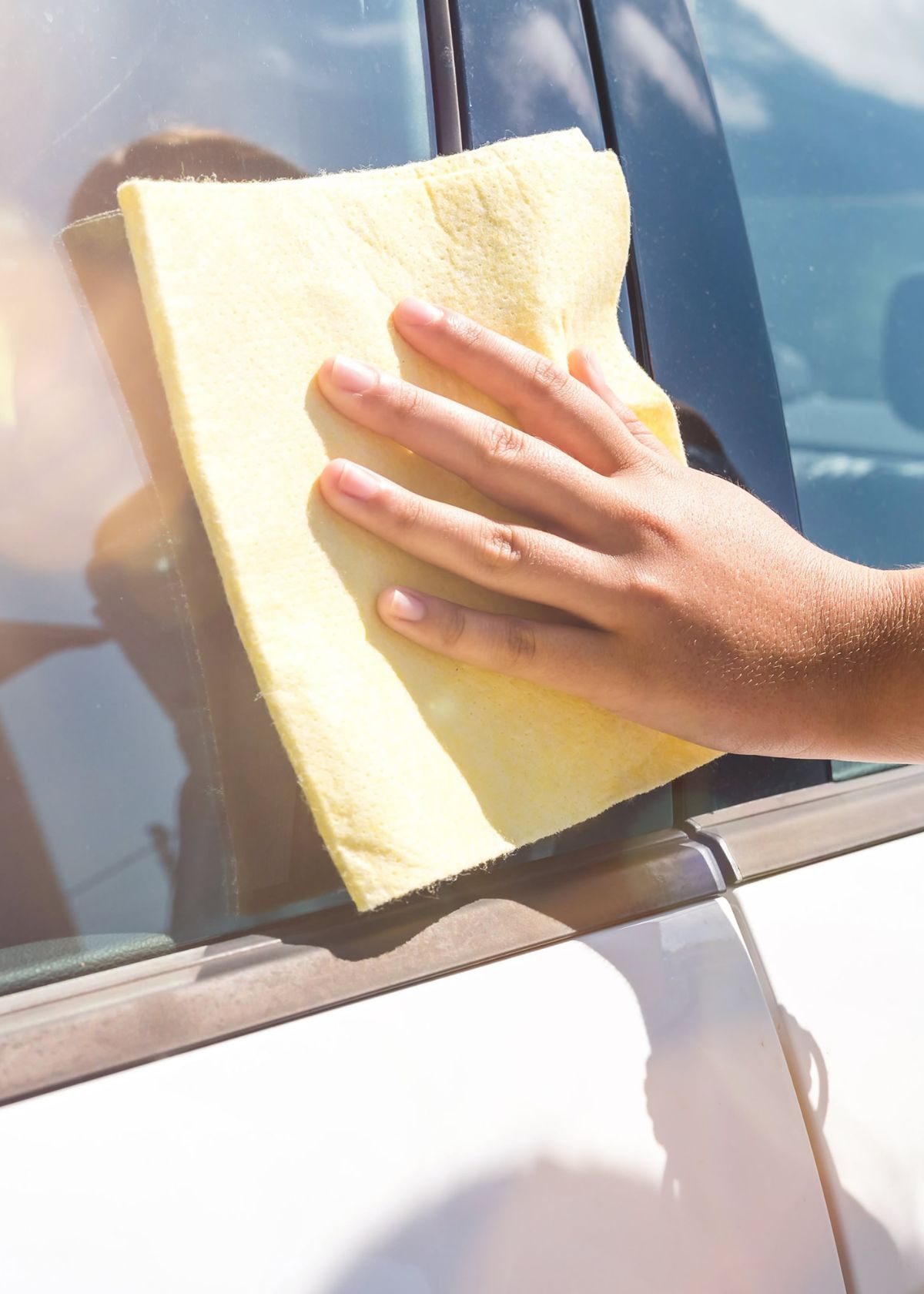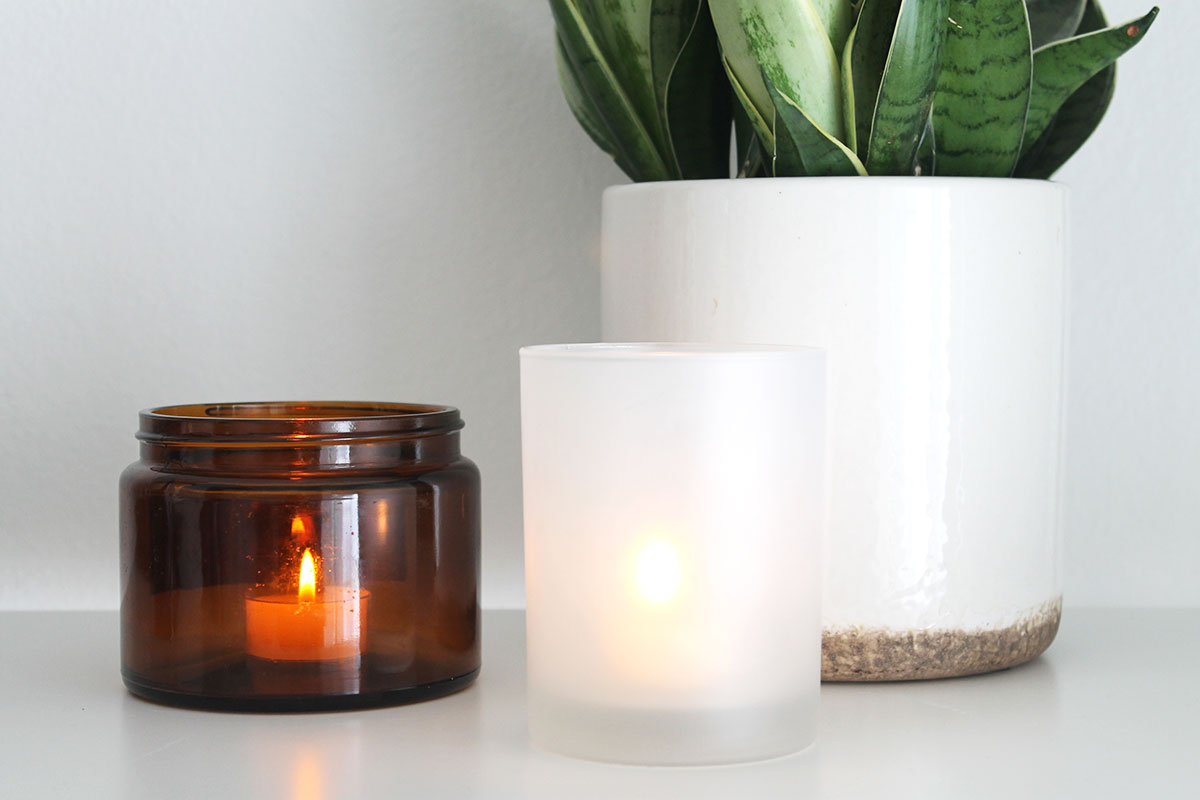How to use, clean, and care for a cellulose sponge
Sponges are quite possibly the most popular cleaning tool, and yet they can quickly become the grossest, bacteria-laden item in your kitchen if you aren’t careful. There are plenty of amazing sponge alternatives, but if you aren’t interested in making a switch, consider trying a cellulose sponge or my favorite, a cellulose sponge cloth.
What is a cellulose sponge
Cellulose sponge cloths (sometimes called cellulose dishcloths, Swedish dishcloths, or European dishcloths) are thin, sponge-like cloths made from cotton and cellulose fibers. They are typically produced in rectangular or circular sheets that are relatively firm when dry and very flexible once wet.
Because they are extremely absorbent, they are a fantastic alternative to single-use paper towels and conventional sponges. While they tend to be a bit more expensive than plastic sponges, they last much longer. Cellulose sponge cloths can be washed and reused for up to 6 months (on average).
You can also cut them into smaller pieces to make each sheet last twice or even 4 times as long!
If you aren’t a fan of the cloth-like versions, try a regular cellulose sponge. They’re thicker, fit in your hand, and are shaped more like traditional sponges.
Are cellulose sponges eco-friendly?
The answer to this question really depends on how you choose to use them, but they certainly can be!
All-natural cellulose sponges (made using cotton and cellulose fibers) are actually biodegradable. With that said, there are some manufacturers who sneak polyfill into their sponges/dishcloths so making sure you’re careful to avoid those brands is a good first step. If you use yours with all-natural cleaning solutions then you can toss your cellulose sponge into the compost once it reaches the end of its usable life (up to 6 months usually).
Cellulose sponges become even more eco-friendly if used as a replacement for plastic-based conventional sponges or single-use paper towels. In 2018, the US alone produced close to 3.8 million tons of paper tissue/towels with little to no significant recovery of tissue products for recycling. Minimizing the production of these products by using alternatives could have a huge, positive environmental impact!
So if consumers invest in cellulose sponges with the intention of replacing eco-damaging products, then yes, they can be considered an eco-friendly purchase!
How to use a cellulose sponge
These sponges or cloths can be used in SO many household cleaning tasks. Some of the most popular use cases include:
- Washing dishes
- Drying dishes
- Mopping up spills
- Wiping surfaces (countertops, tables, spot cleaning floors, etc.)
I’ve even seen cellulose dish cloths cut into smaller pieces and used instead of facial cloths for washing your face.
How to clean a cellulose sponge
For basic maintenance, you’ll want to rinse your sponge clean under warm running water after every use. Wring out excess water and set it out to dry. I like to drape my cellulose dishcloths over a hand towel holder (this magnetic one is a really cute option) and sponges on a rack (I love this stoneware option) as they dry.
Every few days, microwave your wet sponge on high heat for 2 minutes. Once a week you can clean your sponge in the dishwasher by running it through a cycle on the top rack. Just make sure you don’t have any soap suds lingering in the sponge before you load it into your washer!
Replace cellulose sponges every few weeks and cellulose cloths every 6 months (sooner if they become super grimy). If you use your sponges with green cleaning products (and I hope that you do!), you can compost them at the end of their usable life.
The best cellulose sponges
The marker of a good cellulose sponge or cloth is all in the materials used to manufacture it. You want to avoid any sponges that include polyfill. Make sure to only invest in brands that use cellulose fibers and cotton – materials that are biodegradable.
Below are a few great options that might be worth considering:
Additional options worth browsing:








